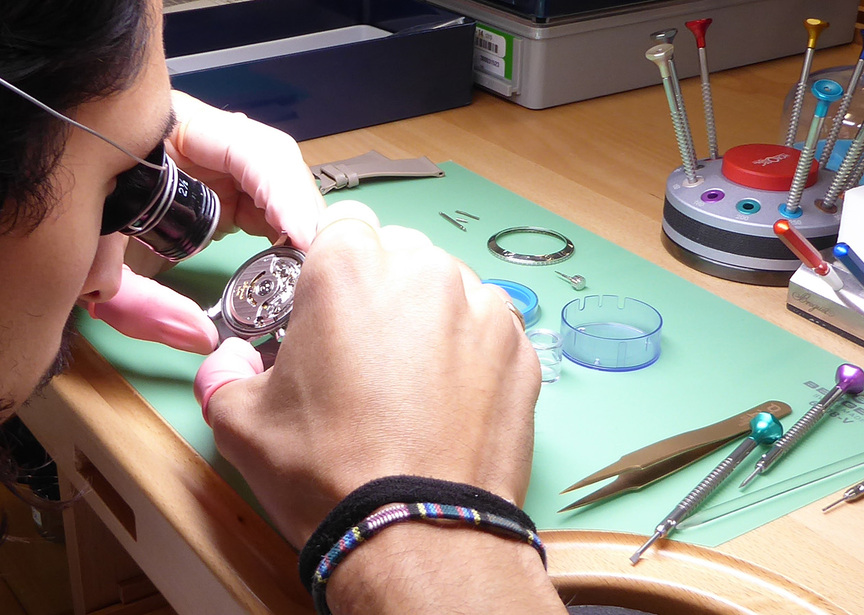
Vintage watch collecting isn’t all polished glass cases and hushed auctions. Sometimes, it’s a stubborn chronograph hand that refuses to reset, a sinking feeling in your gut, and the realization that your mechanical companion needs surgery. Such was the fate of my Breguet Type XX Ref. 3800—a watch that wears its 20th-century aviation heritage like a leather flight jacket, until its gears started whispering rebellion.
The first sign of trouble was subtle, almost polite: the minutes hand would hiccup on reset, like a pilot correcting course mid-turbulence. My local watchmaker, usually a wizard with Seikos and Rolexes, recoiled as if I’d handed him a live grenade. "Breguet? No, no—that’s Swiss cathedral territory," he muttered, pushing it back across the counter. A multi-brand dealer in Los Angeles fared little better; their parts drawer came up empty, leaving one inevitable path: sending the Type XX back to its birthplace.
Vintage enthusiasts swap horror stories like war veterans. Brands notorious for scrubbing away history, replacing creamy patina with sterile new parts, turning heirlooms into uncanny valley replicas. I imagined my tritium dial—its gentle decay like sepia-toned parchment—vanishing under a corporate sandblaster. But Breguet, a house that’s been cradling time since Marie Antoinette’s doomed reign, operates differently. Their Miami service center became my lifeline, sending photo updates like a surgeon texting from the operating room: "Movement disassembled. Original dial preserved. Your watch breathes again."
Breguet’s restoration ethos is less "repair shop" and more "horological Louvre." Their Swiss workshop still uses 18th-century tools for antique pocket watches, treating each gear as a museum artifact. For my Type XX, this meant:
Four months later, the Type XX returned with the quiet confidence of a fighter jet after a perfect landing. The chronograph snapped to attention, accuracy tightened to +3 seconds a day, and the dial—still gloriously aged—bore witness to its journey. Factory servicing, often vilified in online forums, had deepened my connection to the piece. It wasn’t just a watch anymore; it was a story with receipts, a heirloom that could outlive me.
Collecting mechanical watches is a romance punctuated by invoices. Servicing is the unsexy backbone of the hobby, the dental check-up of horology. But when done right, it’s also a revelation: proof that some brands still treat their history as sacred. The Type XX now ticks with the assurance of a watch that’s been to the brink and back—a time machine with its passport stamped.


















